Blog • Insights
Nonprofits Can Learn From Commercial Brands
Guess what, commercial and nonprofit brands aren’t that different.
What? Aren’t commercial brands all about selling things and making money? Sure, though nonprofits need similar things to commercial brands. Let me examine the areas where nonprofit brands are both similar and where they are noticeably different.Commercial and nonprofit brand similarities
- The bottom line: they each have one and all the brand activities work toward this.
- The brand exists to speak to their audiences: every brand activity is designed to communicate with and motivate the people in the audience groups.
- The brand works to promote action: the company or organization wants someone to do something. Here are two examples of commercial brands taking notes from the nonprofit world, by connecting their brand story and their ask to the consumer’s psychographic information.
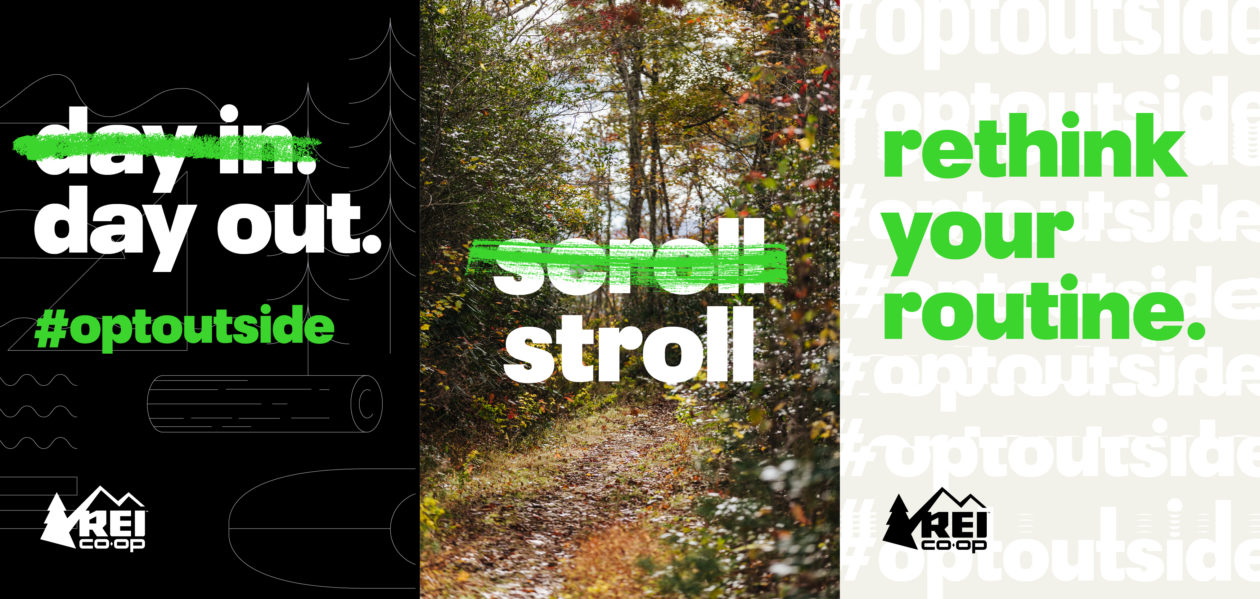 (Opt Outside campaign)
Volkswagen brilliantly tapped into the consumer concerned about their environmental footprint. This strikingly-simple, yet bold, concept captures the Volkswagen brand.
(Opt Outside campaign)
Volkswagen brilliantly tapped into the consumer concerned about their environmental footprint. This strikingly-simple, yet bold, concept captures the Volkswagen brand.
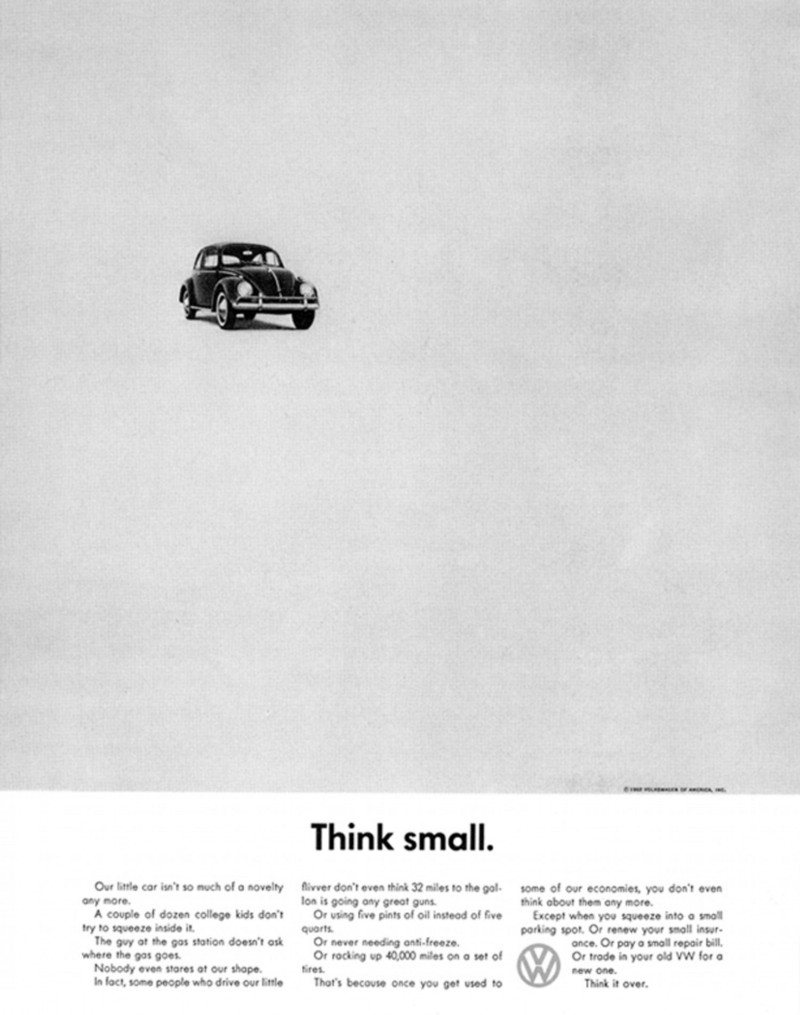 (Think Small campaign)
(Think Small campaign)
Commercial and nonprofit brand differences
- The bottom line currency: commercial brands want sales and nonprofit brands want engagement, usually through financial contributions, time, or both.
- The story being told: commercial brands are connecting pain points to products or solutions, while nonprofits are solving a bigger problem that is often already a recognized issue within their audiences.
- The actions: commercial brands want you to buy something, while nonprofit brands want you to invest in a bigger vision toward a solution.

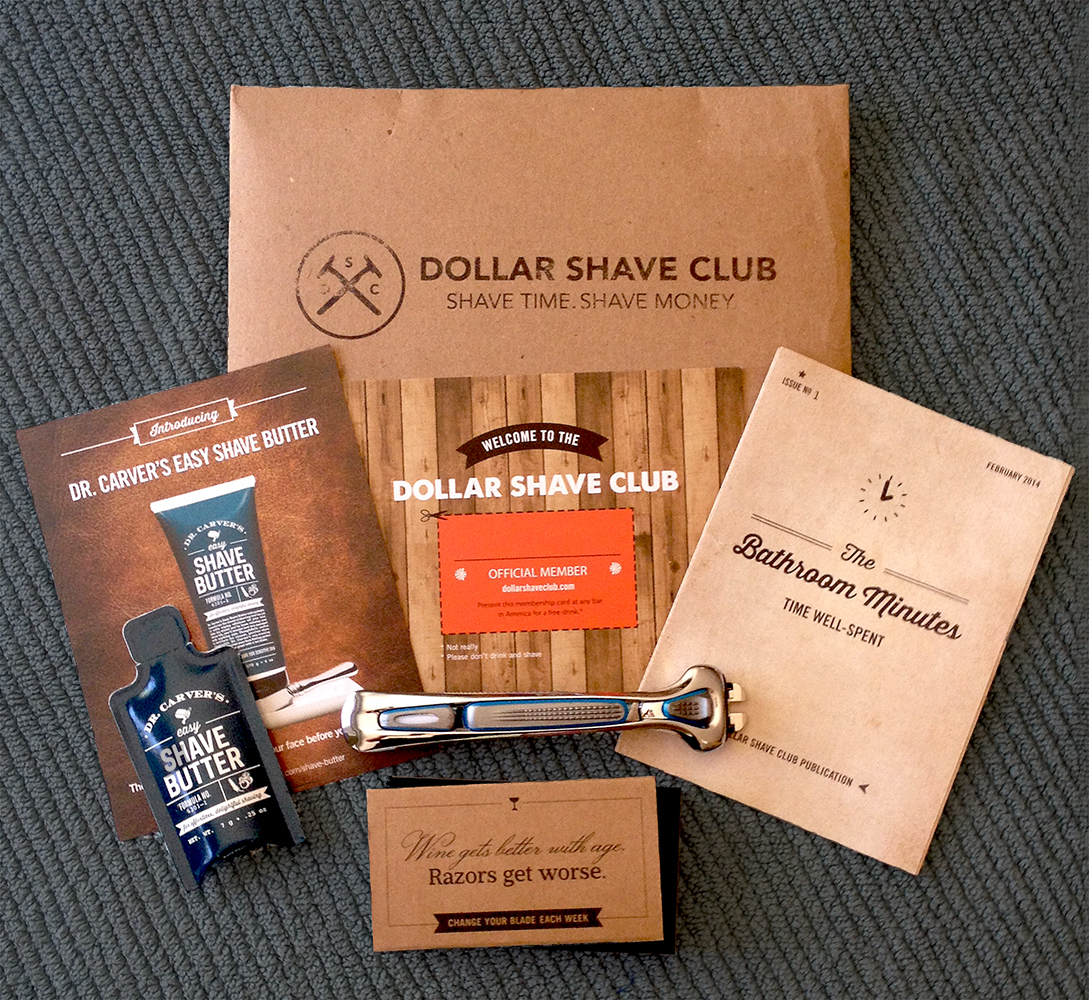 Apple helped creative people see what was possible with computers – revolutionary tools that could help them produce great work, not just tools for crunching numbers and word processing. Their brand story is built on a clear message, “Think Different.” In the two campaigns shown, they do a great job of connecting their brand story to people, effectively embodying their personality and their stories within the Apple brand. In the Think Different campaign, they celebrate historical figures who pushed convention. In the “I’m A Mac, I’m A PC” campaign, they cast two recognizable actors to build their story that Mac is cooler and more relevant.
Apple helped creative people see what was possible with computers – revolutionary tools that could help them produce great work, not just tools for crunching numbers and word processing. Their brand story is built on a clear message, “Think Different.” In the two campaigns shown, they do a great job of connecting their brand story to people, effectively embodying their personality and their stories within the Apple brand. In the Think Different campaign, they celebrate historical figures who pushed convention. In the “I’m A Mac, I’m A PC” campaign, they cast two recognizable actors to build their story that Mac is cooler and more relevant.
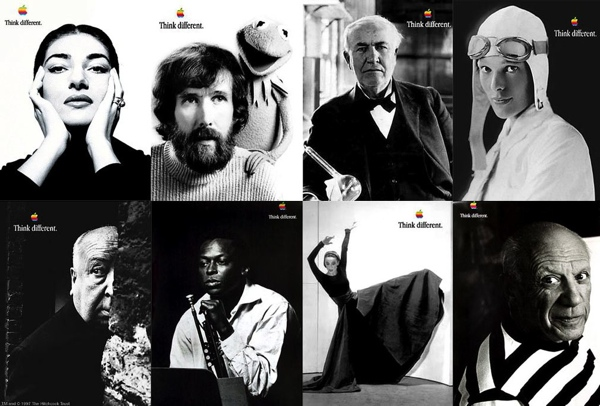
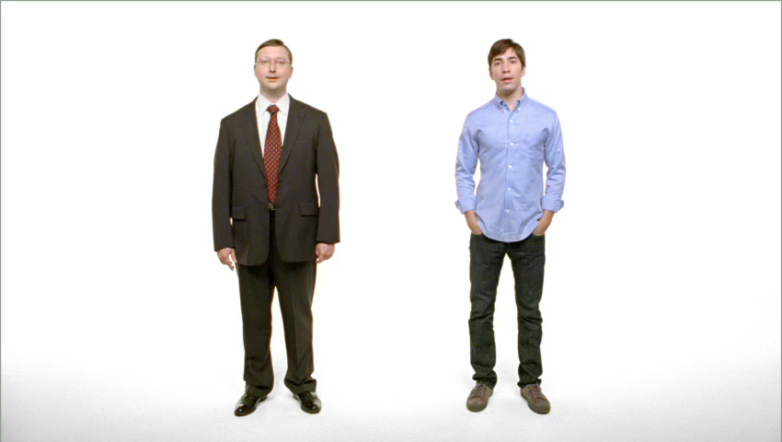 (Think Different, Get a Mac campaign)
2. Think about the commercial brands you engage with to uncover which brand attributes you are most attracted to. These brands are successfully getting your attention. What can you reverse engineer to apply to your nonprofit brand to promote engagement?
(Think Different, Get a Mac campaign)
2. Think about the commercial brands you engage with to uncover which brand attributes you are most attracted to. These brands are successfully getting your attention. What can you reverse engineer to apply to your nonprofit brand to promote engagement?